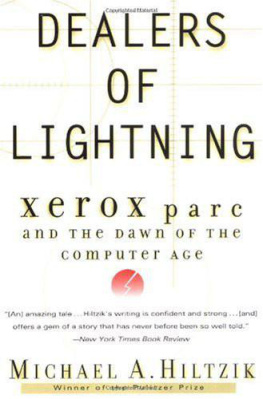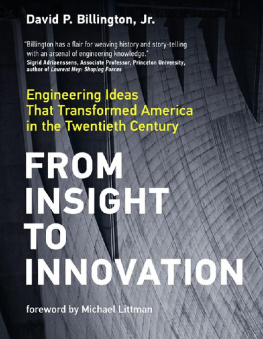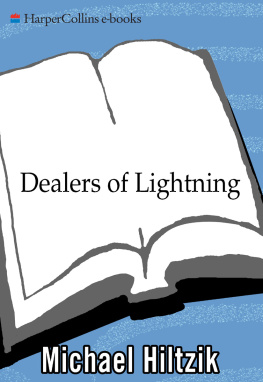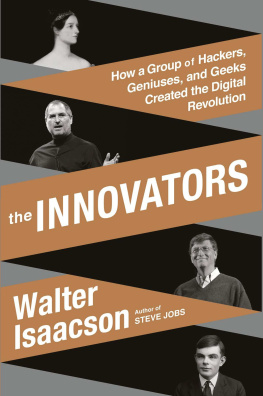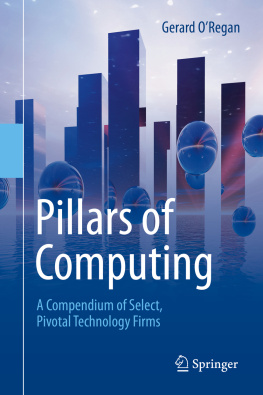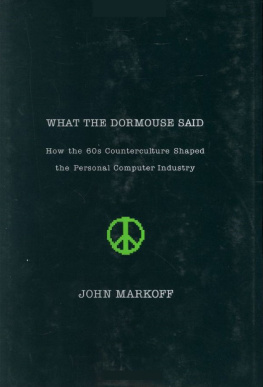

DEALERS
OF
LIGHTNING
Xerox PARC and
the Dawn of the Computer Age
Michael Hiltzik
To Deborah, Andrew, and David
Contents
v
ix
The Time Machine xv
Prodigies
The Impresario
McColoughs Folly
The House on Porter Drive
Utopia
Berkeleys Second System
Not Your Normal Person
The Clone
The Future Invented
Inventors
The Refugee
Beating the Dealer
Spacewar
Thackers Bet
The Bobbsey Twins Build a Network
What You See Is What You Get
On the Lunatic Fringe
The Pariahs
The Big Machine
Messengers
Futures Day
Future Plus One
The Worm That Ate the Ethernet
The Silicon Revolution
The Crisis of Biggerism
Steve Jobs Gets His Show and Tell
Supernova
Blindsided
Exit the Impresario
Did Xerox Blow It?
Xerox Corporation
Joseph C. Wilson, chief executive officer (19611967); chairman (19661971)
C. Peter McColough, chief executive officer (19681982); chairman (19711985)
David T. Kearns, chief executive officer (19821990); chairman (19851991)
Jacob E. Goldman, chief scientist; founder of PARC
George White, assistant to Goldman Paul Strassmann, information technology supervisor Shelby Carter, national sales director Don Massaro, head of Office Products Division after 1979
The Palo Alto Research Center
ADMINISTRATION
George E. Pake, director (19701978); head of Xerox research (19781985)
Robert Spinrad, director (19781982)
William J. Spencer, director (19821985); head of Xerox research (1985)
Richard E. Jones, chief administrative officerM. Frank Squires, chief personnel officer Gloria Warner, secretary to Pake
COMPUTER SCIENCE LABORATORY
Jerome I. Elkind, laboratory manager (19711978) Robert W. Taylor, associate manager Butler W. Lampson, key contributor to the Alto personal computer, Ethernet networking system, laser printer, Mesa programming language, Dorado computer, Dandelion processor Charles P. Thacker, designer of MAXC time-sharing system and Alto and co-inventor of Ethernet
Bob Metcalfe, principal inventor of Ethernet David Boggs, co-inventor of Ethernet Dick Shoup, inventor of Superpaint, pioneering video graphic device Charles Simonyi, developer of Bravo word processing program with what you see is what you get (WYSIWYG) capability Peter Deutsch, expert programmer
Ed McCreight, hardware designer of MAXC time-sharing system and the Alto
Ed Fiala, co-designer of MAXC
Ron Rider, designer of the research character generator, adjunct to the laser printer
John Ellenby, head planner of Futures Day presentation (1977), at which PARC technology was introduced to Xerox senior management
Charles Geschke, co-developer of Mesa programming language and Interpress page description language
John Warnock, co-developer of Interpress and other printing and page description systems
Severo Ornstein, supervisor of the Dorado computer project
SYSTEMS SCIENCE LABORATORY
William F. Gunning, manager (19701973) Harold H. Hall, manager (19731975), later the first manager of System Development Division, established to commercialize PARC technology
William R. (Bert) Sutherland, manager (19751981) Alan C. Kay, head of the Learning Research Group (LRG), conceptualizer of the Dynabook personal computer and Smalltalk programming language
Daniel H. Ingalls, LRG member, developer of BitBlt graphic program and principal developer of Smalltalk Adele Goldberg, LRG member, learning specialist and co-developer of Smalltalk
Ted Kaehler, LRG member, co-developer of Smalltalk and Twang music program
Diana Merry, LRG member and co-developer of Smalltalk Larry Tesler, LRG member, co-designer of Gypsy user-friendly word processing program and first PARC principal scientist to be hired by Apple
John Shoch, LRG member, inventor of the Worm Tim Mott, co-designer of Gypsy
Chris Jeffers, childhood friend of Kays and chief of staff of LRG
Gary Starkweather, inventor of the laser printer Lynn Conway, co-developer (with Carver Mead) of VLSI tools and technology allowing the design of highly complex integrated circuits on silicon chips
Douglas Fairbairn, hardware implementer of POLOS and co-designer (with Tesler) of the Notetaker portable computer Bill English, head of POLOS (PARC On-Line Office System) group, early but unsuccessful multimedia office network Bill Duvall, chief designer of POLOS
David Liddle, head of System Development Division after 1978, supervisor of the development of the Xerox Star, first fully realized commercial version of a PARC computer
GENERAL SCIENCE LABORATORY
Gerald Lucovsky, associate manager (reporting to Pake) David Thornburg, scientist
David Biegelsen, scientist
OPTICAL SCIENCE LABORATORY (AFTER 1973):John C. Urbach, manager
OTHERS:
Max Palevsky, founder of Scientific Data Systems (SDS), sold to Xerox in 1969
Rigdon Currie, chief of sales at SDS
Stewart Brand, founder of the Whole Earth Catalog and author of Spacewar, 1972 article in Rolling Stone that introduced PARC to the general public
Carver Mead, California Institute of Technology professor and co-developer of VLSI tools and technology at PARC
James Clark, principal inventor of the Geometry Engine graphics chip at PARC, founder of Silicon Graphics Inc. and Netscape Communications Corp.
Wesley Clark, pioneering designer of digital computers and consultant to PARC
Steven Jobs, cofounder and chief executive of Apple Computer
May: Xerox purchases Scientific Data Systems for $920million in stock; and its chief scientist, Jack Goldman, submits his proposal for an Advanced Scientific & Systems Laboratory to pursue research in computing and solid-state physics.
July: Alan C. Kays doctoral dissertation, The Reactive Engine, is accepted at the University of Utah; within it are found the seeds of his Dynabook personal computer.
October-December: The ARPANET, precursor to the Internet, becomes formally operational, with four nodes up and running.
January: George Pake accepts the job of director of Xeroxs new lab and persuades Goldman to locate it in Palo Alto, California, near Stanford University.
April: IBM brings out its first office copier, marking the end of Xeroxs historic monopoly and introducing a period of painful retrenchment at Xerox.
July 1: Xerox Palo Alto Research Center officially opens its doors at 3180 Porter Drive. Pake hires Bob Taylor to help him staff the Computer Science Lab.
November 13: Berkeley Computer Company holds its last employee party and shuts its doors. Seven of its most influential engineers, including Butler Lampson, Chuck Thacker, and Peter Deutsch, will sign on to work at PARC.
January: Gary Starkweather is transferred from Rochester to PARC, bringing with him the concept of the laser printer.
Next page
